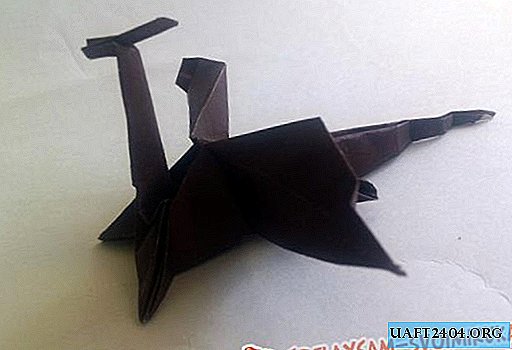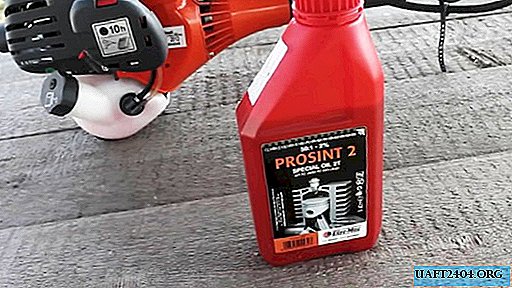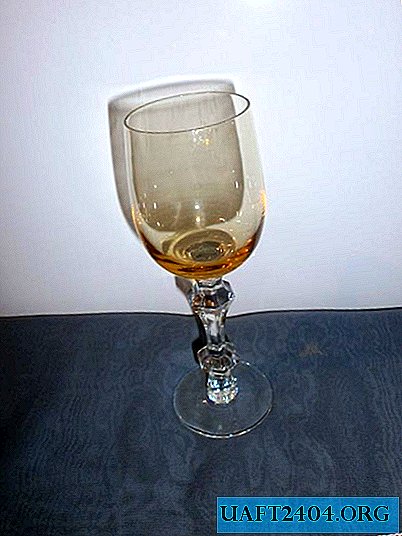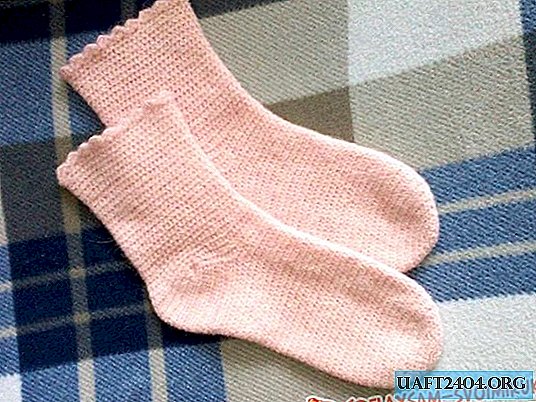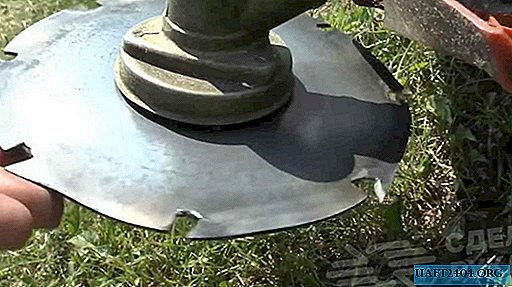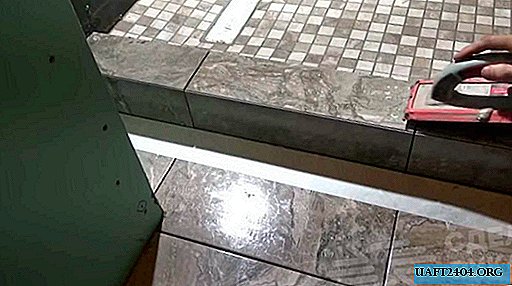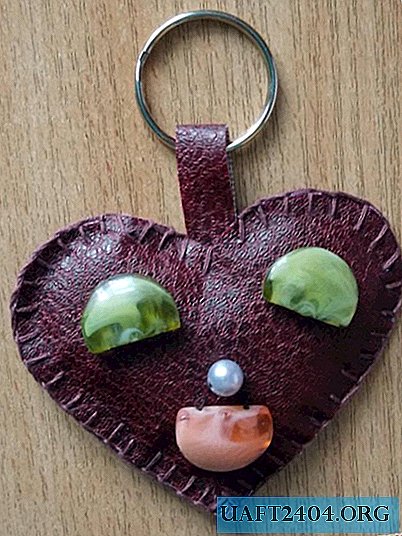Share
Pin
Tweet
Send
Share
Send
The design will have height adjustment. It is not necessary to do it especially high.
All of the available non-rare details is being made.
For the manufacture we need:
- - axis from the printer;
- - halogen lamp;
- - a segment of the LED strip;
- - two-wire wire;
- - pin;
- - single-core copper wire;
- - plywood or chipboard;
- - epoxy adhesive;
- - drill, soldering iron, screws.
Making backlight for computer keyboard
First, the printer axis must be freed from the rollers. They sit very tightly, but if you help with a hammer, they are removed quickly. In extreme cases, you can cut it. The main thing is not to damage the axis coating, it will quickly become rusty.
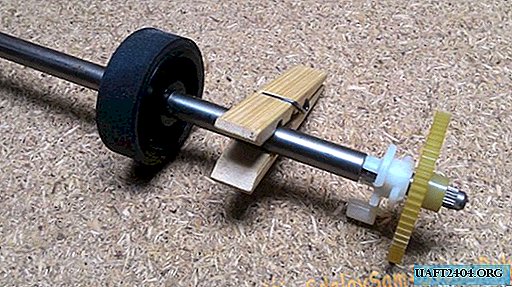
On a copper single-core wire, I have a 2.5 square mm mounting wire, we make a ring for a 4 mm screw. Set aside at this stage.

I took a meter and a half wire. A large section of the wire is not needed, the current is small. I have a double wire with a core diameter of about 0.25 square mm. applied what is, it is possible and thinner. The backlight is powered by 12 volts taken from a computer power supply. The wire simply leads into any hole in the system unit and connects to the black and yellow wires. It can also be powered by an external 12 volt power supply and current for a lamp or LED strip.

The reflector of this design is very convenient. We take a burned, you can also a new, halogen lamp and carefully knock out the glass. Be careful, the glass may bounce into the eye, follow safety precautions.

From a single-core wire we cut a piece of 40-60 mm. At the end, we bend and insert into the reflector. We insert the power wire there. All this is filled with epoxy glue. Stiffened, the wires sit securely and will not fall out.

For aesthetics, we will make a twisted wire. He will curl at the backlight. During the manufacture of the structure, another axis was taken from the printer, that one had diameter transitions. Cutting them off, the axis is rusted. Therefore, I took the other axis.
To make a twisted wire, you need to wind the wire tightly around the axis and warm it up. I did this with an industrial hairdryer, you can warm it up over a gas stove. Set aside to cool the wire.

A piece of LED tape is glued into the reflector. Protect and solder the wires. Double-sided tape turned out to be bad, the tape was glued with super glue. It keeps excellent.

I make the basis of the design from different chipboard scraps. You can from anything: plywood, OSB, etc. I make a round shape. I cut a crown on plywood and drywall.
The middle ring is in the form of a donut, there will be installed a switch and part of the wires.

I processed the base blanks and twisted together. At the end of the middle workpiece, the bagel, made a cut for the switch.

I made a hole in the upper circle, a power wire will be inserted there later. Between the lower and middle circles drilled a hole for the wire. Drilled at an angle.

Thinking about painting. I decided to paint it in matt black.

The power switch is attached to epoxy glue. A lot of it is not needed, if the glue is good, then it is kept in small quantities.

While the glue hardens, we proceed to the assembly of the reflector. In a clothespin I drill a through hole. We screw everything together in a 4 mm screw, not forgetting the grover.

We thread the wire through the hole, after having twisted the wire onto the axis. We clean the insulation of the wire and cut one wire. The resulting wire break is soldered to the switch. Isolate.

We twist the base into a single design.

We test by connecting temporarily to the battery 12 volts.
It turned out great. Adjustable in height to fully illuminate the keyboard.

Here is such a great keyboard backlight for us. There is more than enough light. In general, I advise you not to throw out such reflectors, which are very useful after a burnout.

Share
Pin
Tweet
Send
Share
Send

